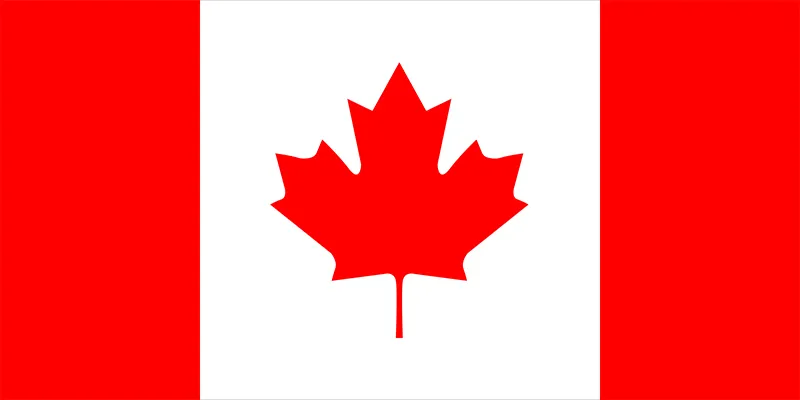Long heralded as part of a healthy diet, fiber appears to reduce the risk of developing various conditions, including heart disease, diabetes, diverticular disease, and constipation. Despite what many people may think, however, fiber probably has little, if any effect on colon cancer risk.
Reference: Fuchs CS, Giovannucci EL, Colditz GA, et al. Dietary Fiber and the Risk of Colorectal Cancer and Adenoma in Women.
N Engl J Med.
Basically, the term fiber refers to carbohydrates that cannot be digested. Fiber is present in all plants that are eaten for food, including fruits, vegetables, grains, and legumes. However, not all fiber is the same, and there are a number of ways to categorize it. One is by its source or origin. For example, fiber from grains is referred to as cereal fiber. Another way of categorizing fiber is by how easily it dissolves in water. Soluble fiber partially dissolves in water. Insoluble fiber does not dissolve in water. These differences are important when it comes to fiber's effect on your risk of developing certain diseases.
Functions of Insoluble Fiber
- move bulk through the intestines
- control and balance the pH (acidity) in the intestines
Benefits of Insoluble Fiber
- promote regular bowel movement and prevent constipation
- remove toxic waste through colon in less time
- help prevent colon cancer by keeping an optimal pH in intestines to prevent microbes from producing cancerous substances
Food Sources of Insoluble Fiber
- Vegetables such as green beans and dark green leafy vegetables
- Fruit skins and root vegetable skins
- Whole-wheat products
- Wheat bran
- Corn bran
- Seeds & Nuts
Functions of Soluble Fiber
- bind with fatty acids
- prolong stomach emptying time so that sugar is released and absorbed more slowly
Benefits of Soluble Fiber
- lower total cholesterol and LDL cholesterol (the Bad cholesterol) therefore reducing the risk of heart disease
- regulate blood sugar for people with diabetes
Food Sources of Soluble Fiber
- Oat/Oat bran
- Dried beans and peas
- Nuts
- Barley
- Flax seed grounded
- Fruits such as oranges and apples
- Vegetables such as carrots
- Psyllium husk


 Active Sitting
Active Sitting

